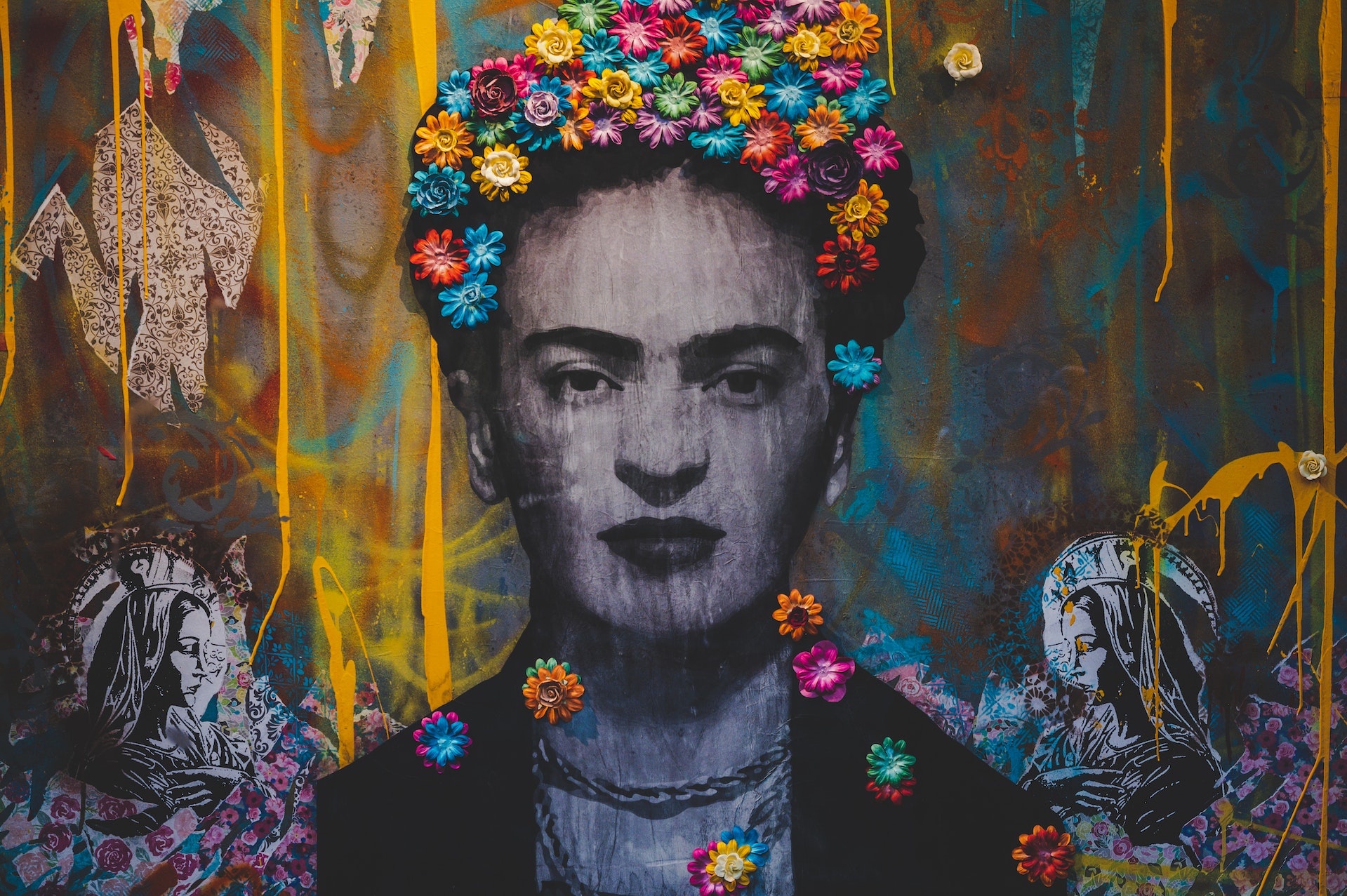What is the importance of a second? Do me a favor, sit back, and relax. Now, do the easiest thing you will be asked to do today: count to the number 1. A second is how long a person will interact with your ad. According to the Media Rating Council, your treasured impression metrics are based on the following:
- “A display ad is counted as viewable when at least 50% of its area is visible on the screen for at least 1 second. (For large display ads of 242,500 pixels or more, the ad is counted as viewable when at least 30% of its area is visible for at least 1 second.)”
- “A video ad is counted as viewable when at least 50% of its area is visible on the screen while the video is playing for at least 2 seconds.”
It takes an individual 1–2 seconds to form their impression of your talent branding campaign and the company you are trying to attract them to. Terrifyingly quick, right?

When you are building the campaign, chances are you are spending most of the time focusing on picture clarity, ensuring logos are placed correctly, and trying to convey the products or type of roles/work being accomplished. Or agonizing over the text outlining company benefits or slogans on the image.
Unfortunately, in that 1-2 second span, individuals are not focusing on the above, but instead subconsciously focus on more subtle social cues to help them decide whether to move forward or not.
We all have unconscious biases, and our talent branding will always reflect those. After all, these biases help us quickly, often erroneously, make sense of the complex world around us! You may have seen it in talent branding campaigns before, where, for example, only certain genders are seated at the head of a board table or in leadership roles, or individuals with certain skin colors are portrayed in an office rather than in manufacturing sites, or maybe only people of a certain age or physical capability are shown in specific job functions.
To illustrate combating unconscious bias, two opposing cases come to light highlighting the impacts of unconscious bias
- In one branding campaign, we showcased a colleague who was simply wearing a hearing aid amongst a group of coworkers. Job applicants surged in this community with just the sight of a hearing aid showcasing they were not only welcomed but could succeed within the company.
- On the contrary, a branding campaign failed when inadvertently showing only males in leadership roles, standing in front of rooms or in leadership meetings. Thus, excluding female and non-binary individuals from wanting to apply.
The two cases above are more extreme examples, but as a branding expert, what can you do to confront biases in your work? The good news is there are a variety of things to try:
- Ask for honest and knee-jerk reactions to your branding from a diverse set of colleagues (these are where the biases can be uncovered).
- Distribute your branding to people outside your network for feedback.
- Learn more about unconscious biases to look internally at how you process the world.
- Embrace what you learn, share, and implement what you have done.
As the saying goes, a picture is worth a thousand words. Maybe it is time to relook at what your talent branding is really saying and selling…


